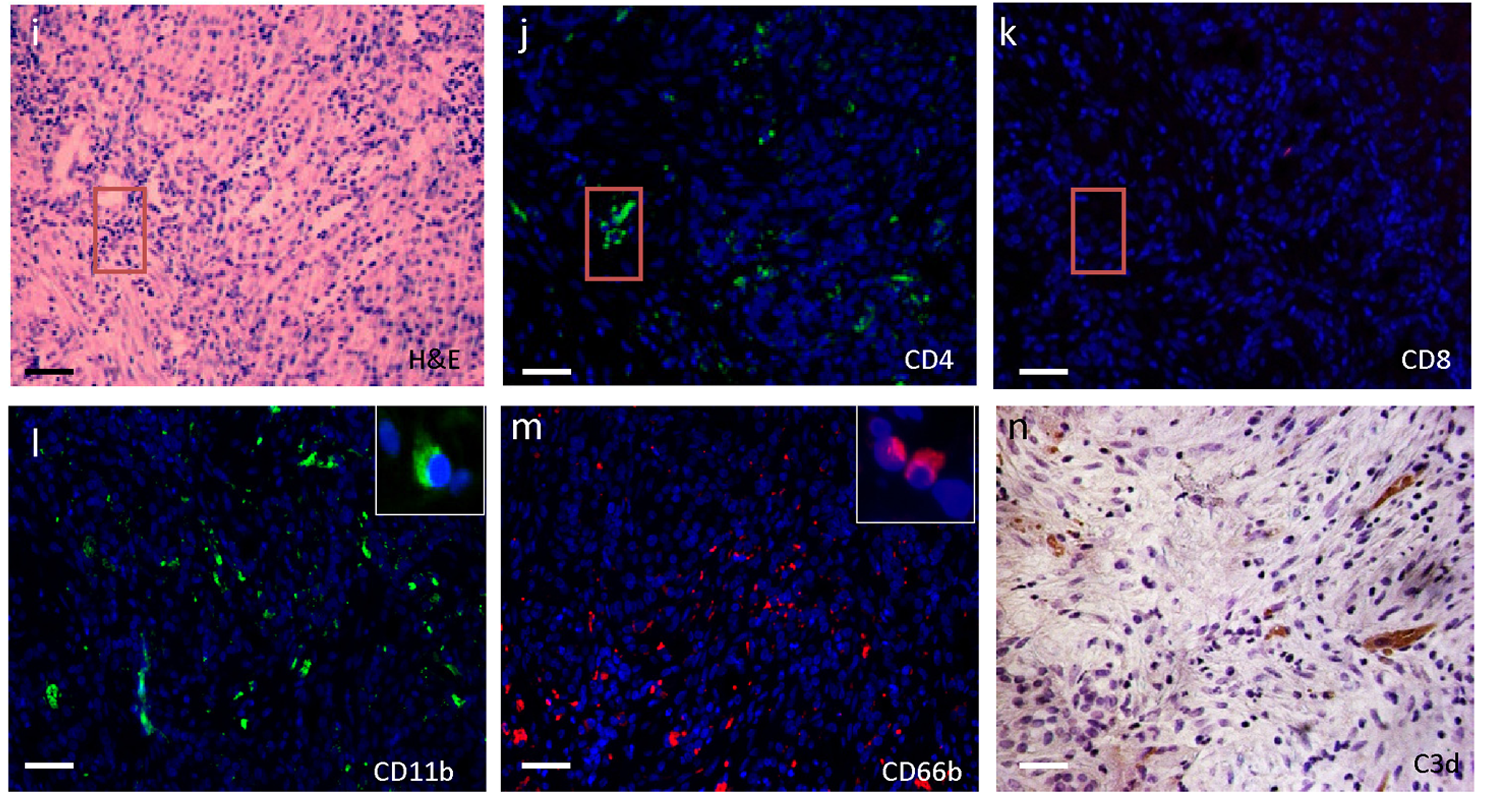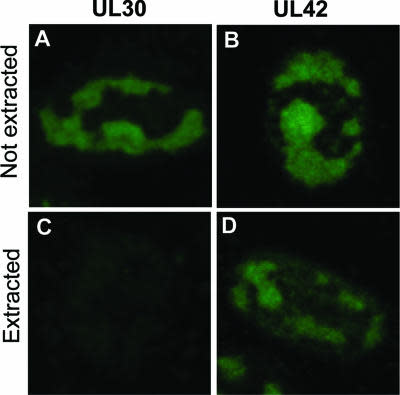
1BR ARID2 KO2
Availability: 3-4 weeks
Organism: Human
Tissue: skin
Model: Genetically modified ; immortalised non-cancer cells
£575.00
This fee is applicable only for non-profit organisations. If you are a for-profit organisation or a researcher working on commercially-sponsored academic research, you will need to contact our licensing team for a commercial use license.
Contributor
Inventor: Jessica Downs, Hugang Feng
Institute: The Institute of Cancer Research
Primary Citation: Feng et. al. 2022 Genes Dev 36:790-806 PMID: 35902118
Tool Details
*FOR RESEARCH USE ONLY
- Name: 1BR ARID2 KO2
- Parental cell: 1BR3-hTERT
- Clone: 2 (also called clone A2)
- Organism: Human
- Gender: Male
- Tissue: skin
- Morphology: Fibroblast
- Growth properties: Adherent
- Model: Genetically modified ; immortalised non-cancer cells
- Model description: ARID2 knockout
- Crispr: Yes
- Conditional: No
- Products or characteristics of interest: Gene loss-of-function, chromatin-remodelling, DNA damage, cell cycle response, regulation of t-cell-mediated cell killing.
- Description: 1BR3-hTERT cell line knockout for ARID2 (clone 2, also called clone A2). This cell line was generated using CRISPR-Cas9 engineering to create a loss of function mutation in the indicated subunit of the SWI/SNF chromatin remodelling complex. The cell line was validated using Sanger sequencing, immunofluorescence, and proteomic analysis.
- Application: Chromatin remodelling biology studies
- Biosafety level: 1
Applications
- Application: Chromatin remodelling biology studies
Handling
- Format: Frozen
- Growth medium: DMEM + 10%FBS + 1% Penicillin/Streptomycin
- Temperature: 37C
- Atmosphere: 5% CO2 in air
- Shipping conditions: Dry ice
- Storage conditions: Liquid Nitrogen
- Cultured in antibiotics: 1% Penicillin/Streptomycin
- Mycoplasma free: Yes
- Str profiling: See Cellosaurus profile of parental cell line
References
- Feng et. al. 2022 Genes Dev 36:790-806 PMID: 35902118





